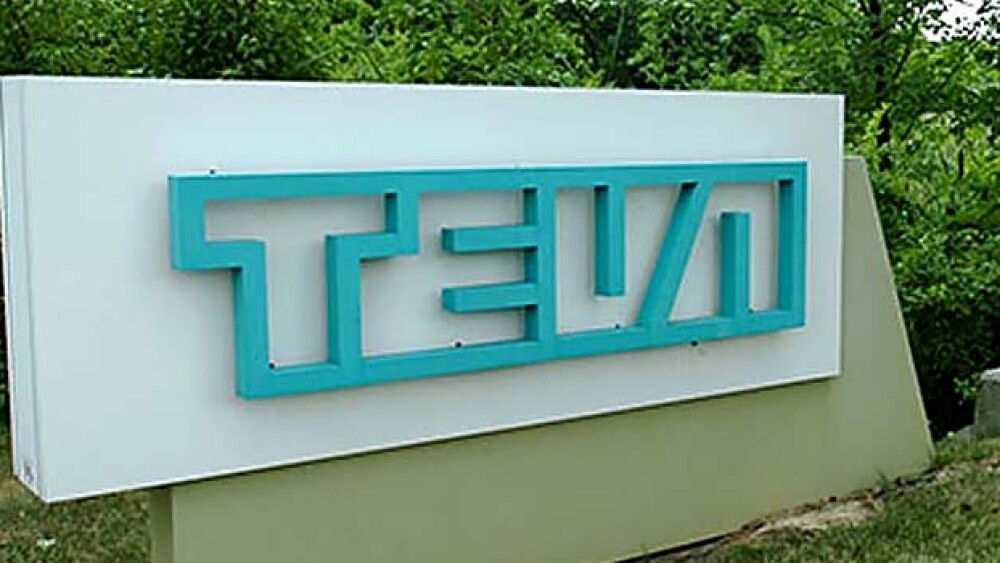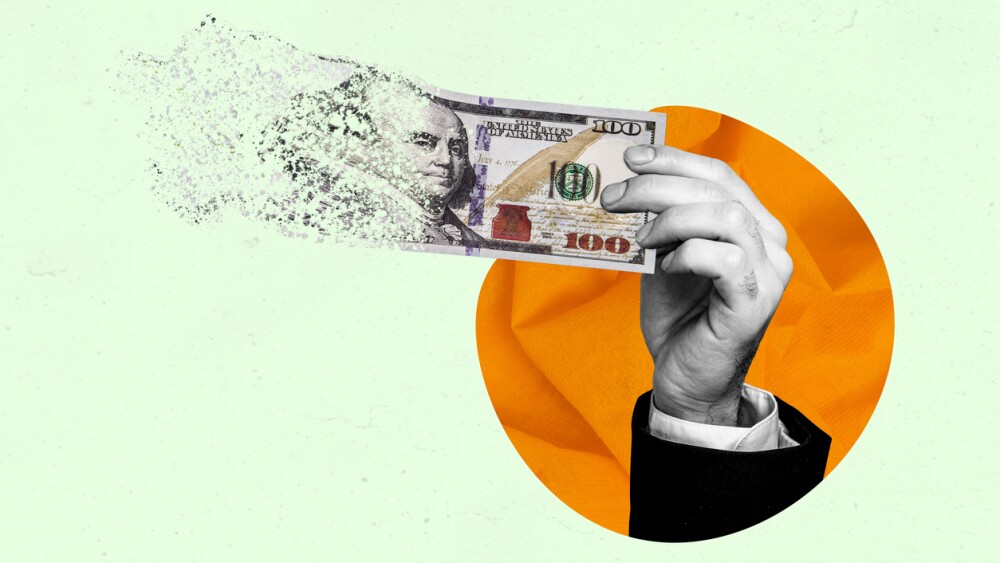Teva has made a target of cutting costs by $3B by the end of 2019.
To describe Teva Pharmaceutical Industries as “embattled” is a bit of an understatement. Last month, the company indicated it would lay off 14,000 employees, about a quarter of its workforce. It plans to close manufacturing and research sites globally, and won’t be paying out a dividend this year.
Now, in what is likely a show of solidarity, the company’s board of directors agreed to take a 50 percent pay cut.
The company is the largest generic drugmaker in the world. It has made a target of cutting costs by $3 billion by the end of 2019. “This pay cut that the board took upon itself was done the same day that the cuts and job reductions were discussed,” board member Dan Suesskind stated at the Israel Business Conference in Jerusalem.
Remarkably, the company’s stock has grown by 80 percent in the last few months. Forbes writes, “First, approximately 40 percent of the firm’s operating profit had been coming from the brand name drug Copaxone, used in the treatment of multiple sclerosis. Copaxone went off patent in 2017. Second, as of year-end 2016, Teva was carrying over $35 billion of debt on a $93 billion balance sheet, with interest of $1.3 billion, about $2 billion in operating income, and less than $1 billion in cash. In 2017, its ability to meet its debt obligations deteriorated significantly. Third, since 2010, prices for generic-drugs have been under pressure as a result of a buying power trend in which retain chains have been combining with pharmacy-benefit managers and drug wholesalers.”
It’s also been a story of dramatically declining revenue. In 2014, company net income exceeded $3 billion. In 2015, net income was $1.5 billion. And last year, 2016, it was $68 million.
In addition to steep competition in the generics market, Hersh Shefrin, writing for Forbes, argues that the company had overpaid for high-risk acquisitions. “For example, in 2015, Teva paid $40.5 billion to acquire the generic drug business of its generic-drug rival Allergan. Other examples are Teva having paid $3.5 billion for Auspex Pharmaceuticals and $825 million for Labrys Biologics.”
The result? Drastic downsizing and restructuring. And investors applauded, driving shares up by 80 percent.
Last week, Teva negotiated a deal with approximately 500 employees at a tablet manufacturing facility in Jerusalem to cut 200 people in 2018 and the rest in 2019. At the J.P. Morgan Healthcare Conference this week, the company indicated it is likely to shutter 20 to 25 manufacturing plants in the next two years and 40 sites over the long term.
Kare Schultz, the company’s chief executive officer, said in a statement that the company has “the biggest value chain of any company” and “needs a substantial manufacturing footprint. The areas least likely to be cut are sales and “on the manufacturing shop floor.” He also pointed out that if the company had grown organically, as opposed to via acquisitions, it would have two to four API sites and eight to 12 functional manufacturing sites. But instead, it has 80.
“It goes without saying we have too many,” Schultz said. It will require cutting at least half of the 80 sites to gain sustainable profitability.





